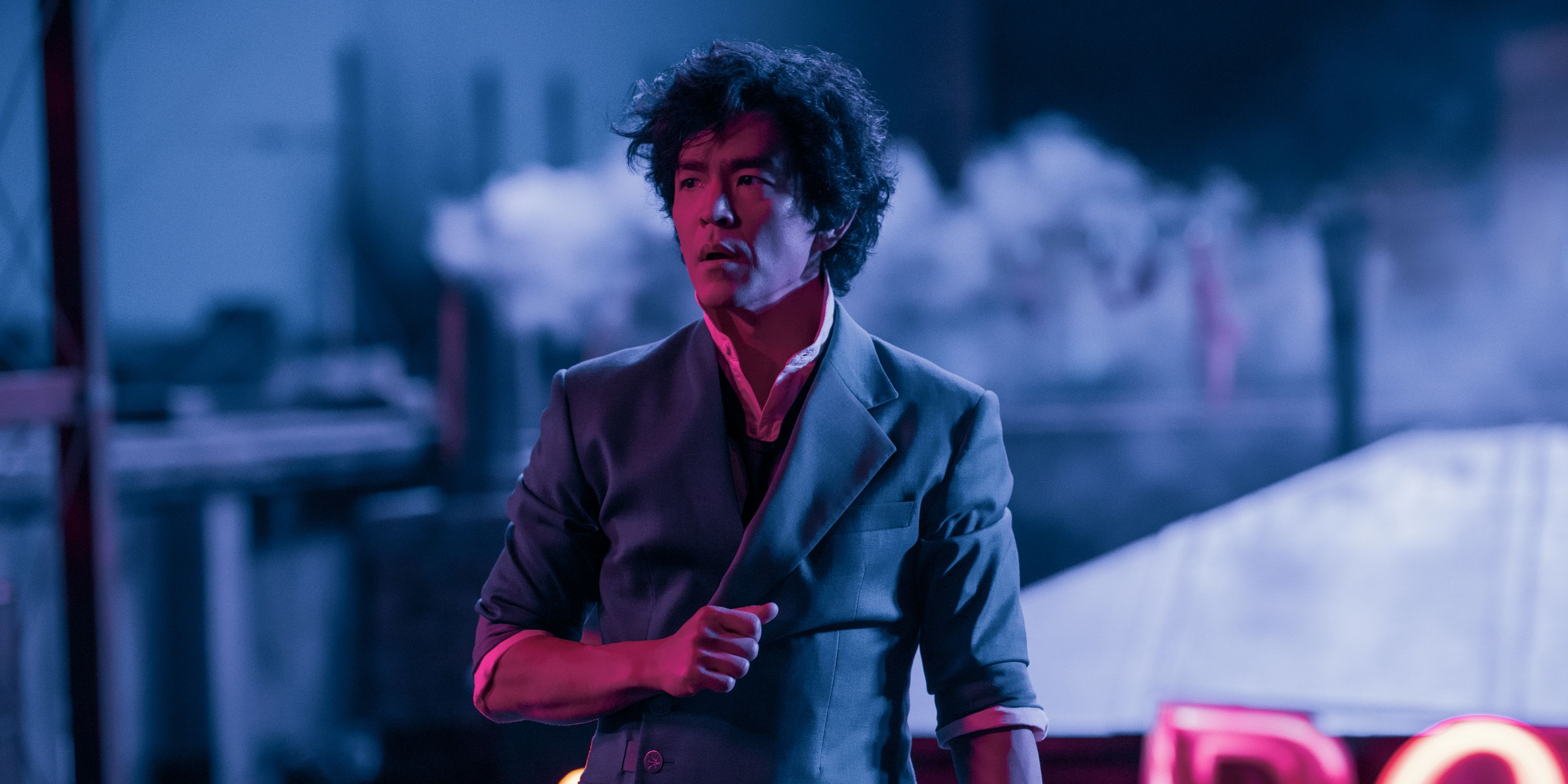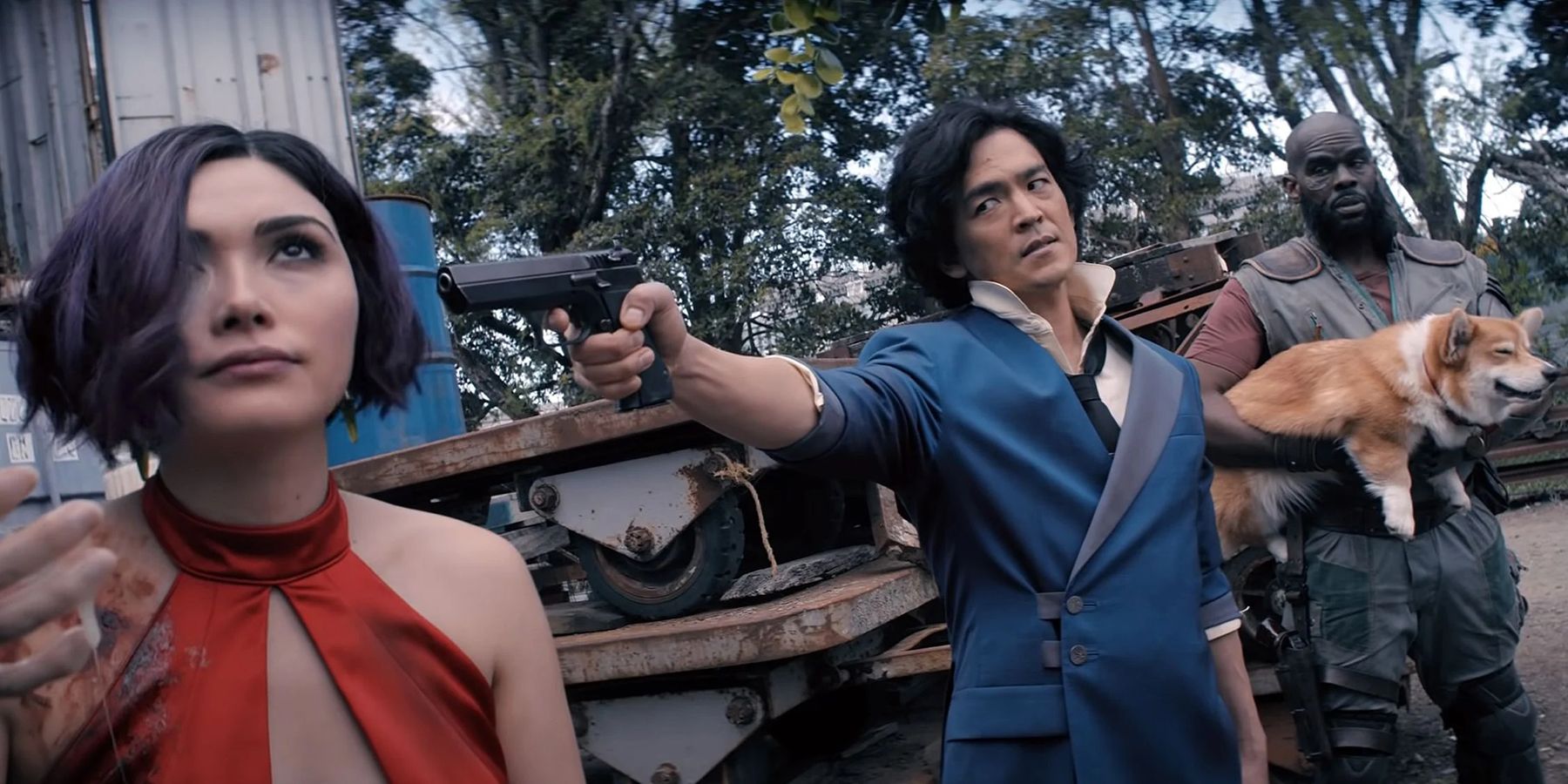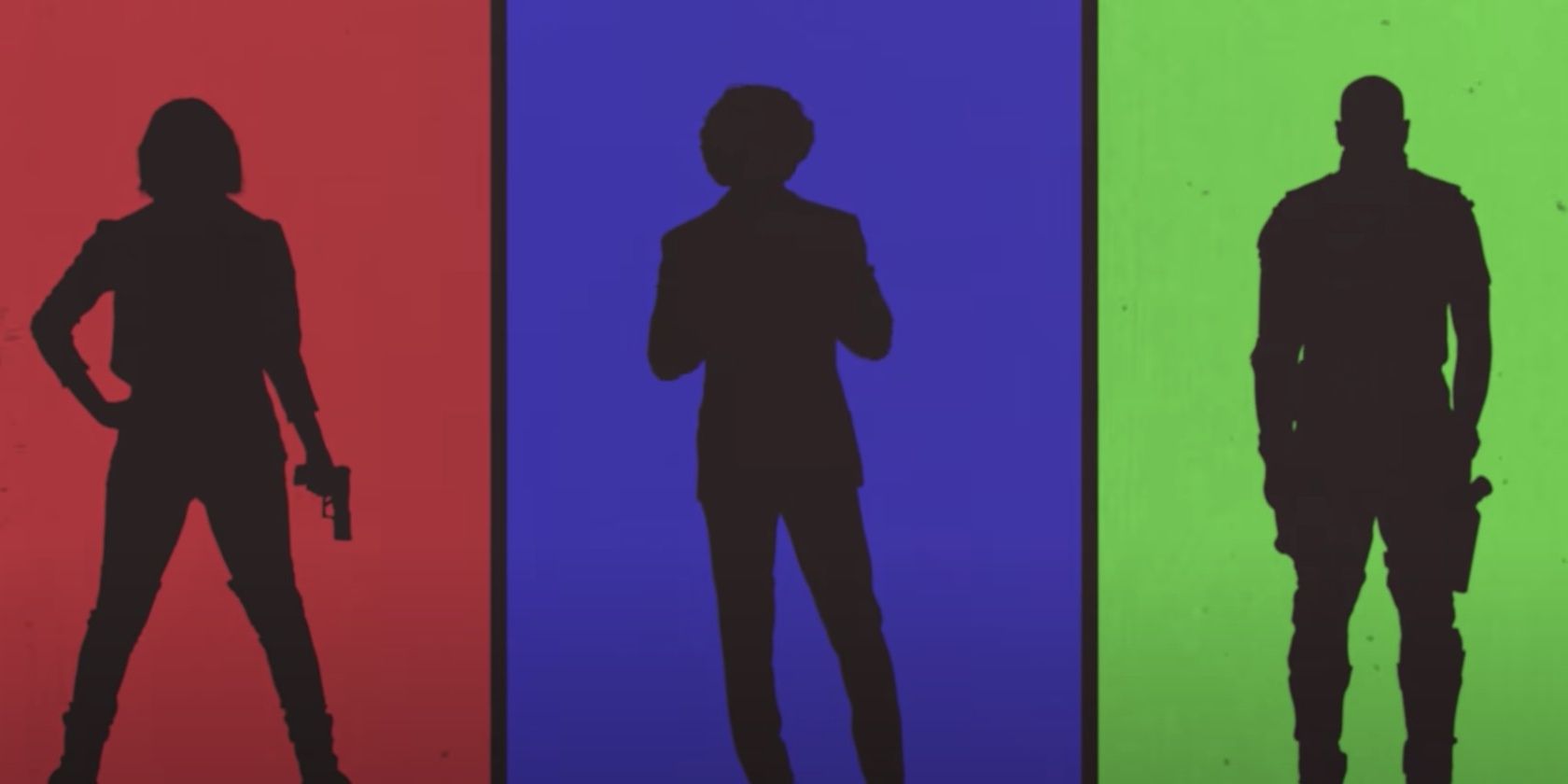The original Cowboy Bebop premiered in 1998 to acclaim in its home country of Japan. The anime soon came to the United States and was exposed to a new generation of soon-to-be fans. Over twenty years later, the series remains one of the best anime in modern history, becoming a monolith in the medium, and has amassed an army of dedicated fans.
So when news broke in 2018 that Netflix would be developing a live-action adaptation of the anime, speculation and debate weren't far behind. After three years, production halted by a pandemic and on-set injuries, Netflix’s Cowboy Bebop has finally premiered, presenting a patchworked and loose adaptation of the anime that veers off into its own territory (bringing with it exciting changes and questions) with an inkling of the original flavor that made the original story a success.
The core premise of Cowboy Bebop has remained the same in Netflix’s version: in the not too distant future, Spike Spiegel (John Cho), Jet Black (Mustafa Shakir), and Faye Valentine (Daniella Pineda) are bounty hunters traveling across the solar system in search of criminals and payouts. While they're scrambling around the galaxy for the next big score, the group is unable to escape their respective pasts. Jet is a former cop who tries to be a good father, Faye struggles with who she truly is after losing her memory, and Spike is running from the shadow that looms tall after his escape from the infamous Syndicate, a crime organization.
While the pieces look familiar to original fans, the puzzle has been moved around in a different order. Instead of two dozen half-hour adventures, Netflix’s Cowboy Bebop is formatted into ten episodes, each varying in length from a full thirty minutes to almost an hour, giving the pacing and storytelling a new feel. Longer character beats and artistic shots replace the snappy nature of the 1998 anime, but it rarely feels like a bad trade-off. Viewers don't have to wait for the end of the season to understand the deeper problems facing the Bebop crew — especially for Spike's storyline.
The original anime gives a handful of moments and episodes to explain Spike's past, including the love triangle between him, his former friend and Syndicate member Vicious (played by Alex Hassell,) and the illustrious Julia (Elena Satine.) Netflix’s Bebop brings the dynamic to the forefront, showing viewers how important the events are before the final stretch of the season. This is where the series begins to stand apart from its source material. A large portion of scenes cycle between whatever mission Spike and the gang are on, and the mythic, dark world of the Syndicate where Vicious plans his rise and Julia is forced to watch on as his wife. The expansion of the Syndicate's role and lore comes with its own bag of misses, though. While the mysterious vague nature of the crime organization worked in the original series, the added screen-time works less in its favor, coming across as convoluted in some spots and messy in others (which may have to do with the creative decision to interchange Yakuza and East Asian Triad elements in their look and behavior.)
The three main characters aboard the Bebop have been crafted with care and deep love for the original series during each step of the process — from their writing to their actor portrayals. Star Trek's John Cho, to the shock of some, slips into the shoes of Spike Spiegel effortlessly. He embodies the hard yet cool nature of one of anime's biggest characters while bringing a softer side to his relationships with the Bebop crew and even his enemies. Jet's grumpy and sweet fatherly personality is amped up by the series' addition of his daughter, Kimmie, and is explored in his own respective episode. Faye is given much more screentime and agency in this new iteration, with episodes that dive into her search for answers to her identity.
One of the biggest and exciting aspects of Netflix’s interpretation of Cowboy Bebop lies in the creative overhaul of its female characters across the board. Minor characters like Ana are turned into key players with great dialogue and interesting character details. Viewers are given a rare chance to see Faye explore her sexuality and human nature, while Julia is no longer a beautiful and mysterious plot device disguised as a woman, but actually steers storylines on multiple occasions. All of the series’ new tweaks and twists culminate in the final episode that pulls imagery from the 1998 anime while injecting new choices and decisions for the characters we’ve grown to love. The ending signals a new and interesting path ahead if the show were to continue with another season, going almost completely off book with its plot.
When it comes down to it, Cowboy Bebop has to compete with itself. Because of its prolific nature and massive success, it feels impossible to have a new take on the story while still knowing its roots, but Netflix’s adaptation takes the bones of a beloved anime and gives viewers something that will no doubt strike debate or even anger, but ultimately deserves a watch for what it is able to do and what it has the ability to become.
Cowboy Bebop is now streaming on Netflix.



